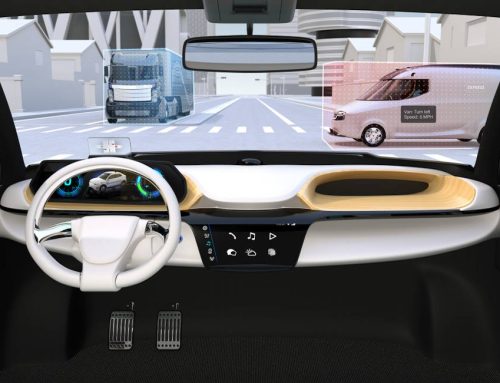Increased demands on the trucking industry, including supply chain problems and a shortage of drivers, have put many drivers under great pressure to make as many deliveries as possible. The federal government has even suspended the hours-of-service (HOS) rules to allow drivers more time on the road.
Given the situation, fleets must do all they can to ensure that drowsy driving does not become an issue as drivers put more miles into their work each week. Technology-driven tired driving solutions can help fleets reduce the chances of drowsy driving and the risk of delivery fleet crashes.
Signs of Drowsy Driving
Drowsy driving impacts about 60 percent of drivers. It typically occurs around midnight, in the early morning hours and in the mid-afternoon. Some of the signs of driver fatigue include:
- Heavy eyelids
- Burning sensation in the eyes
- Difficulty focusing
- Frequent yawning
- Muscle spasms
- Difficulty concentrating
- Sense of disorientation
- Loss of sensation in arms and legs
For commercial drivers, it’s important to heed these warnings and pull over. Drowsiness is not something drivers should try to “push through.” Drowsy driving leads to slower reaction times, impaired judgment, and sometimes more aggressive behavior.
Tired Driving Solutions
Commercial fleets can also put telematics solutions to work in their fleet vehicles. These advanced systems use connected, digital devices that can alert drivers when they engage in drowsy driving behavior. Many of these systems also help with distracted driving and alerting drivers about pedestrians or cyclists that are near their vehicle (especially those in blind spots).
Dash Cams
Some dash cam systems come with technology that can detect when a driver is engaging in drowsy driving behavior. These systems then send an audio and visual alert to let the driver know they are starting to fall asleep.
Collision Avoidance Systems
These systems alert drivers when the risk of a crash or collision becomes high, a situation often caused by drowsy driving. For example, lane departure warning systems can let drivers know when they have drifted out of their lane. Cameras mounted on the vehicle can also monitor blind spots, alerting drivers when they get too close to other cars, pedestrians or cyclists.
Monitoring Drivers
While it’s important for drivers to pay attention to the signs of drowsiness listed above, managers should also pay attention to their drivers. Changes in mood, speech patterns or typical communication practices can indicate that a driver has become too tired to stay behind the wheel.
Both drivers and their managers should also stay aware of the importance of nutrition. Staying hydrated and eating foods that won’t lead to sleepiness can help drivers avoid the risk associated with drowsy driving.
By staying alert to drowsy driving signs and investing in advanced technology, fleets can better mitigate the risk of crashes caused by drowsy driving. It’s an important step to take as the country asks for more from fleet drivers.









